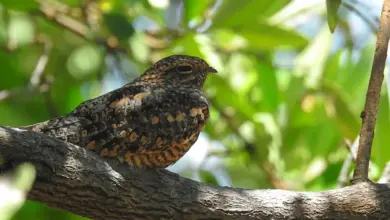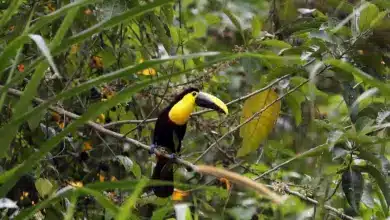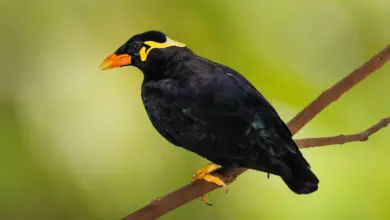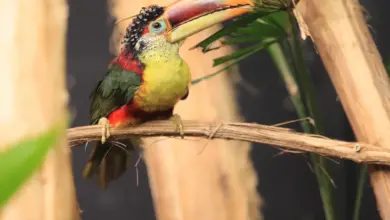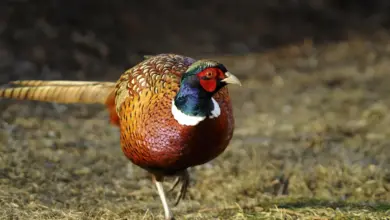The Black-billed Mountain-toucans (Andigena nigrirostris) are South American toucans found in humid highland forests in the Andes of western Venezuela, Colombia, Ecuador and far northern Peru.
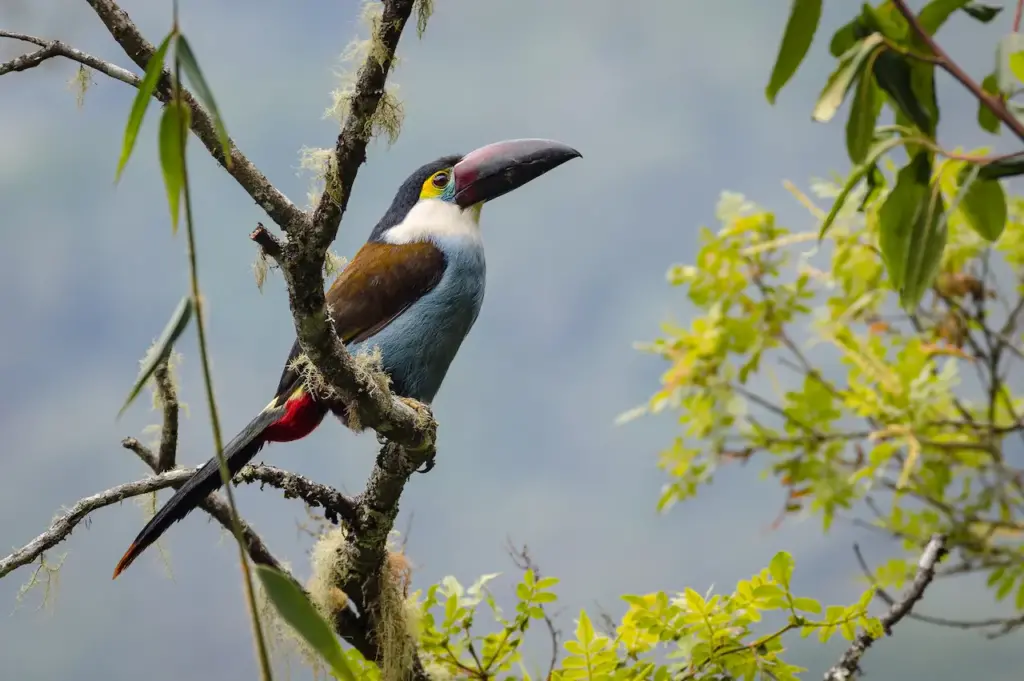
Subspecies and Distribution:
- Andigena nigrirostris nigrirostris (Waterhouse, 1839) – Nominate Race
- Andes of W Venezuela and E Andean slopes in Colombia.
- ID: Entirely black bill
- W Andes of Colombia.
- ID: Chestnut-black bill
- Range: C Andes and W slope of E Andes in S Colombia, and E slope in Ecuador; recently collected in extreme N Peru (Cerro Chinguela).
- ID: Chestnut-black bill
Alternate (Global) Names
Chinese: ?????? … Czech: Tukan cernozobý, tukan ?ernozobý … Danish: Sortnæbbet Bjergtukan … Dutch: Witwangbergtoekan, Witwang-bergtoekan … German: Schwarzschnabel-Blautukan, Schwarzschnabeltukan, Schwarzschnabel-Tukan … Finnish: Valkokaulatukaani … French: Toucan à bec noir … Italian: Tucano di monte becconero, Tucano montano becconero … Japanese: hashiguroyamaoohashi … Norwegian: Svartnebbtukan … Polish: andotukan czarnodzioby, Tukan czarnodzioby … Russian: ??????????? ???????? … Slovak: tukaník ciernozobý, tukaník ?iernozobý … Spanish: Terlaque Pechiazul, Tucán andino piquinegro, Tucán Celeste, Tucán Piquinegro … Swedish: Svartnäbbad bergstukan
Description
The Black-billed Mountain-toucan has a black head. The back and wing coverts are brown, The upper tail coverts (feathers) are pale yellow. The throat and the sides of the neck are bluish-white. The plumage below is pale blue. The under tail coverts are reddish.
This is the only mountain-toucan with a white throat. The large bill is either entirely black (nominate form) or chestnut and blackish in the subspecies.
It averages 18 – 19 inches in length (including the tail).
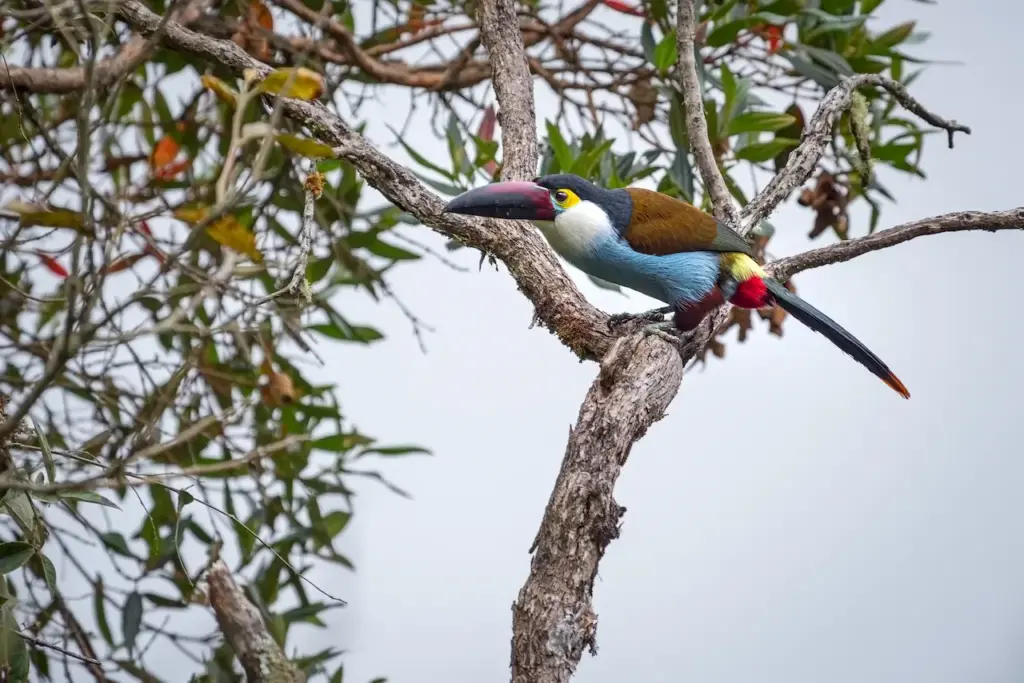
Breeding / Nesting
The mating ritual is a fun-loving affair for toucans, as they throw fruit to one another.
Like all of their other activities, nesting happens high up in hollow areas in trees. The bill is not effective for digging or any other type of extensive excavation work and so they must rely on holes already formed by other means.
The nests are not lined, but the two to four shiny white eggs that are laid each year rest on a few wood chips created while enlarging the opening or on various kinds of regurgitated seeds collected for this purpose. Parents share equally in incubation duties, but rarely sit on the nest for more than an hour at a time and the eggs are often left uncovered. Both parents share in feeding fruit to the babies for up to 8 weeks.
After 16 days the nestlings are born blind, with no trace of down on their pink skin. The bill is unremarkable until about 16 days old when it takes on the distinguishing features of the toucan, and requires up to four months to develop fully. Feathers begin to expand at 4 weeks.
Babies have pads on their elbows that protect their feet by keeping them elevated until they fledge.
Breeding in captivity requires attention to a number of details. Even successful breeders report rates as low as 30% for the incubation of eggs.
